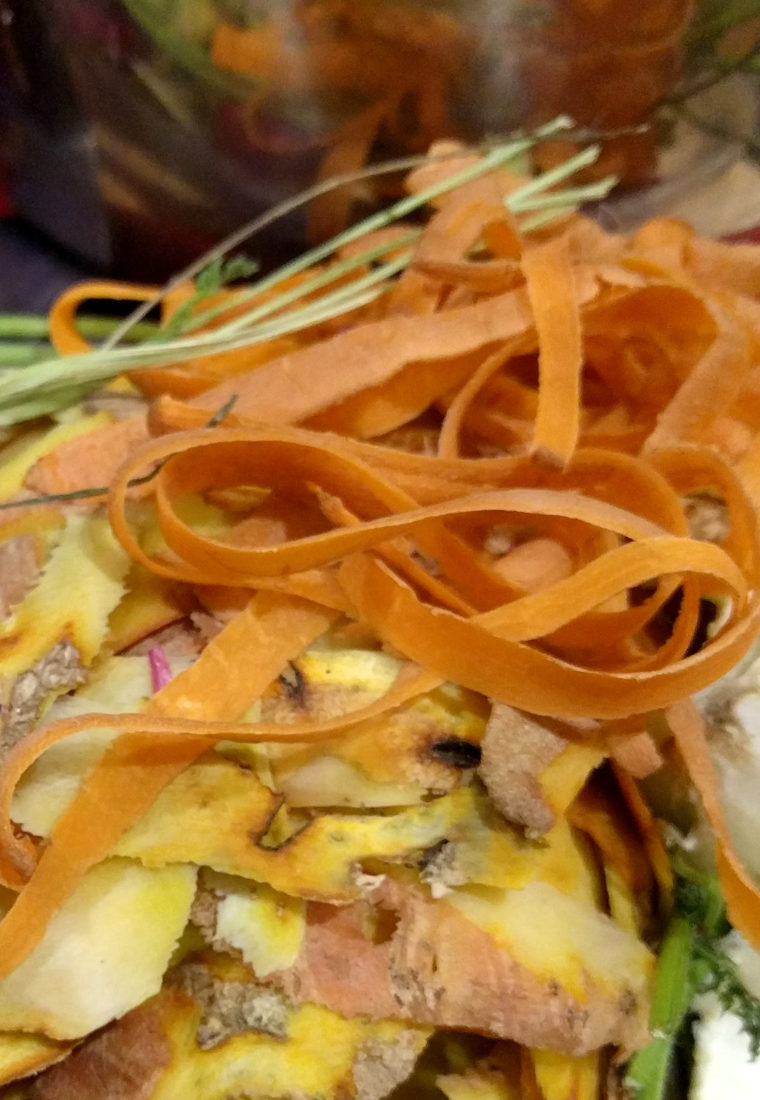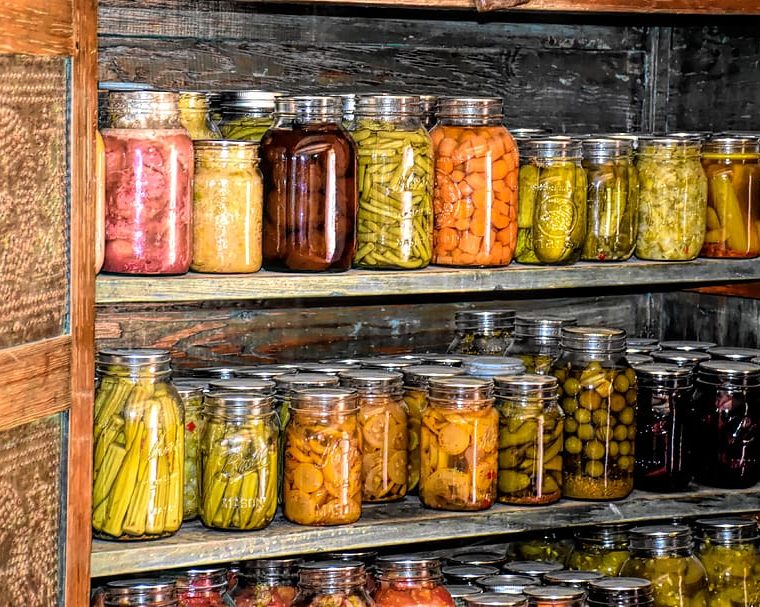
It starts with the best of intentions. A grocery cart full of veggies, fruits, meats, and nutritious snacks to encourage healthy meals. Before long, vegetables are rotting and fruits are attracting fruit flies and snacks are stale. The trash can ends up full of those “good intentions.” A few tears are shed over the cost of the waste, and vows are made to be more organized and intentional. It happens, a lot. Over 38 million tons of food are thrown away every year, and 94% of it ends up in landfills. 40% of the food in the U.S. is never eaten. So, here are 10 Ways To Get To Zero Waste In The Kitchen that FDA recommends.
1. Smart Grocery Shopping

Growing your own vegetables and raising your own meat or buying from local farmers is ideal, but sometimes that is not an option. When you need to buy food, first check the fridge and cabinets for what you already have in stock. Plan a weekly menu using as many of those items as possible. Make a list of items needed for each meal. If a product won’t be used up in one recipe, try to find other recipes that would use it. This will prevent buying extra and help cut grocery costs.
Stick to your list when grocery shopping. Avoid the temptation of taking advantage of special sales, marketing schemes, or a hungry stomach. These extras are usually expensive and unhealthy.
2. Buy Ugly

Try buying “ugly” fruits and vegetables (produce with imperfections but is fine in quality) instead of the best looking every time.

Going out on a date for Valentine’s Day can be compatible with your commitment to sustainability. It’s even possible to have a fantastic Valentine’s Day date if you’ve also made a commitment to frugality. We hope you your partner and family have an awesome Valentine’s Day with one of these dates. Here are Date Ideas for Homesteaders to Enjoy on Valentine’s Day.
Thrift Shop Scavenger Hunt

A typical thrift store is filled with interesting items that are fun to see and talk about. You can make up your own thrift store scavenger hunt list or print one from the internet before you head out.
Each partner has an identical list. You agree upon a time limit to find the items. To avoid having a cart full of stuff to put back on the shelves, you could take pictures of the items with your phone. When time’s up, whoever has found the most items wins the challenge. For the rest of the evening out, the loser has to wear something the winner picks from the thrift store.
Help Someone Else

Volunteering together is a wonderful way to grow closer and do good for your community. The experience gives you something meaningful to discuss afterward. It’s not difficult to find organizations that can use the services of two adults for a few hours. In your community, these types of organizations may need volunteers:
- Soup kitchens
- Senior centers
- Homeless shelters
- Nursing homes
- Food banks
- Hospitals
- Hospices
- Animal shelters
Hit the Books

Although a bookstore would also be a great place for a scavenger hunt date, there are other ways to enjoy an evening at the book shop. You could pick a funny children’s book to take turns reading aloud to each other. Find a recipe in a magazine or cookbook to cook together later. Set a budget (perhaps $10) for each partner to purchase a Valentine’s Day gift from the bookstore. Then, meet in the in-store cafe to exchange gifts and enjoy a sweet treat.
Happy Valentine’s Day! We hope you have fun with one of these Date Ideas for Homesteaders to Enjoy on Valentine’s Day!

Raising crops and animals on your homestead takes a lot of time and effort–not to mention blood, sweat, and tears. Don’t let your produce go to waste because of improper Preservation. Luckily there are a number of ways to preserve your produce or purchase. Here are Time-Tested Methods for Food Preservation:
1. Dehydrating

One of the oldest methods of food preservation is dehydration. Using an oven at a low temp or through the use of a specialized kitchen or solar dehydrator is a great way to remove moisture and dehydrate food. This stops potentially dangerous microorganisms. It is also an excellent way to preserve nearly any food source for a long period of time.
2. Freezing

This is one of the most popular methods of long-term food preservation, due to the ease and minimal prep work involved. A large chest freezer can hold enough food to hold over an average family for months. With proper vacuum sealing meats and produce can be frozen for up to a year or more without loss of quality.









